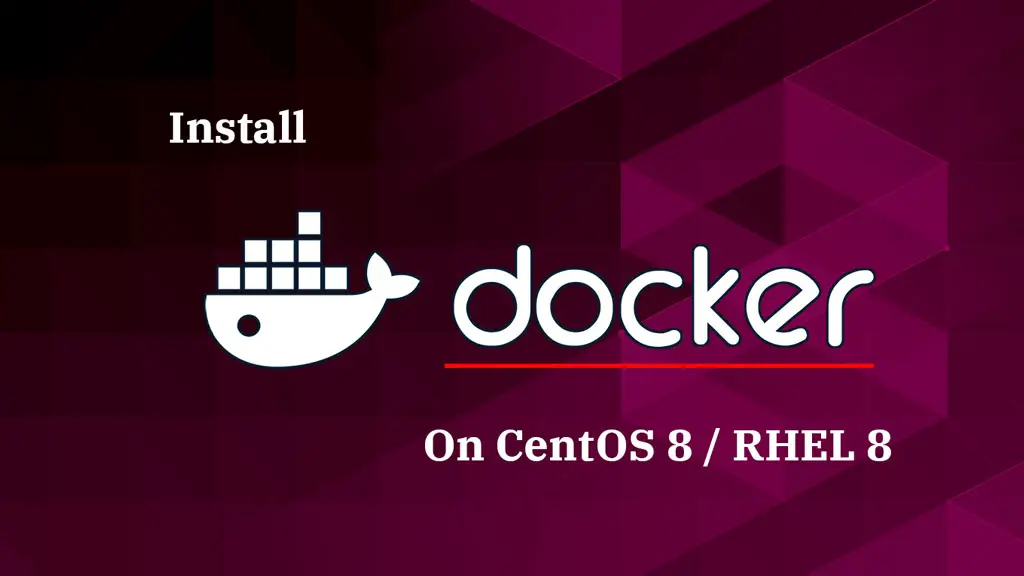Downloads are hosted by
If you are a new customer, register now for access to product evaluations and purchasing capabilities. Need access to an account? If your company has an existing Red Hat account, your organization administrator can grant you access. Fluentd v0.12 is available on Linux and Mac OSX. Also, Treasure Data packages it as Treasure Agent (td-agent) for RedHat/CentOS and Ubuntu/Debian and provides a binary for OSX. Td-agent 2.5 uses ruby 2.5 and td-agent 2.3 uses ruby 2.1. Jenkins Redhat Packages To use this repository, run the following command: WARNING: The gpg key use to sign our packages has been updated on 16th of April 2020, therefore you need to reimport it if you imported before this date.
Changes: Changelog
Windows client
UrBackup Client 2.4.11 (x86/x64) (Vista/7/8.1/10 + Server editions)
UrBackup Client 2.4.11 (x86/x64) (Vista/7/8.1/10 + Server editions) without tray icon
UrBackup Client 2.4.11 (x64) (Vista/7/8.1/10 + Server editions) MSI installerOnly for up-to-date Windows
UrBackup Client 2.4.11 (x64) (Vista/7/8.1/10 + Server editions) MSI installer without tray iconOnly for up-to-date Windows
or with Chocolatey:
Binary Linux client (command line only; with auto-update; x86/AMD64/ARMv6+/ARM64)
Only this Linux client is auto-updated from the UrBackup server
Install with:
The installer includes a glibc, libstdc++ (static) x86_64 build, and completely static Android NDK builds (bionic libc, LLVM libc++) for x86, x86_64, ARMv6+, ARM64. On x86_64 it will try to use the glibc build first and fall back to the Android NDK build if that does not work.
MacOS client beta
Client source for GNU/Linux
Arch Linux

Gentoo Linux
Docker For Redhat Linux
Changes: Changelog
Image backups cannot be restored while the system is running. Therefore following live system can be used:
Download UrBackup Restore CD 2.0.2
Download UrBackup Restore CD 2.3.1 (x64)
Either burn it with any program (e.g. Nero, CDBurnerXP) or create a USB stick e.g. with Linux Live USB Creator. To restore an image boot from the CD/USB stick.
Changes: Changelog
Update Advisory: Update Advisory
Default webinterface port: 55414
Windows:
UrBackup Server 2.4.13 (x86/x64) (Vista/7/8.1/10 + Server editions)
UrBackup Server 2.4.13 (x64) (Vista/7/8.1/10 + Server editions) MSI installerOnly for up-to-date Windows
or with Chocolatey:
Install from sources:

More information: Install from sources
Debian/Ubuntu:
UrBackup Server 2.4.13 Debian stable/unstable/testing i386/amd64
UrBackup Server 2.4.13 Debian/Ubuntu stretch(with backports)/19.04 or later amd64
UrBackup Server 2.4.13 Debian/Ubuntu stretch(with backports)/19.04 or later armhf (RPi)
UrBackup Server 2.4.13 Debian/Ubuntu stretch(with backports)/19.04 or later arm64
Ubuntu:
PPA: http://launchpad.net/~uroni/+archive/urbackup

Install via e.g.
If the package is not available at the Launchpad PPA please use the OpenSuSE build service link below. The package won’t be available on the PPA for Ubuntu versions released after the UrBackup server release.
RedHat/CentOS/ScientificLinux/Fedora/SuSE/Debian/Ubuntu/Raspbian
Arch Linux:
Gentoo Linux:
FreeNAS:
QNAP NAS:
Open Media Vault:
The Linux NAS distribution (Debian based) Open Media Vault (OMV) has an UrBackup server plugin starting with OMV 3.0 in OMV-extras.Starting with OMV 5.0 use the Docker container below.
ASUSTOR - ASUS NAS

ARM
x86 (32bit)
x86-x64 (64bit)
Docker
The official container name is uroni/urbackup-server. See also the more detailed usage instructions there. It is a multi-arch docker image that works on x86/ARM 32bit/64bit.
Run UrBackup Server in a docker container via
To update docker container run:
then start via previous command.
Android
This Android application allows you to access file backups on your UrBackup Server.
Editor's note: This article covers utilizing the Ansible docker_image module for working with containers. But if you're using a different container toolchain, you may have other options. Be sure to check out our full collection of container articles for the latest and greatest tools for managing Linux containers.
More about automation
Building container images and placing them into upstream repositories is a common way of making your images available to the outside world. However, you might encounter scenarios where you don't want to upload a container image to a repository. Maybe you don't want to upload your image for security reasons, or maybe your cluster is just sufficiently small (e.g., in your home lab) that you don't want to deal with a repository (whether external or self-hosted).
If you have a use case for avoiding the storage of your container images in a repository, then you're in luck! The Ansible docker_image module makes it easy to build, save, and load your images without ever hitting a repository. This article walks you through some simple playbooks that you can incorporate into your workflow to manage containers with Ansible.
Environment overview
First, let me introduce the basic directory structure that I’ll be using for this tutorial:
I have a Dockerfile, an Ansible inventory, and a few simple playbooks for working with the Ansible Docker image module. The hosts in this environment are defined in the inventory.ini file:
There are three hosts that I am working with in this article:
- docker-build - This server is used to build Docker containers. The container images are then saved off this host.
- docker01 and docker02 - These hosts are used to run containers. Containers from build01 are uploaded and made available to both of these hosts.
All three hosts in the environment have Docker and the Docker SDK for Python installed. The SDK is a requirement for using the Ansible Docker modules. You can install all of these from the standard repositories via yum:
Building a container
The first step in this workflow is building an actual container image. The image that I use in this article is very simple: it just launches a netcat listener on port 8080 and waits for client connections, as you can see from the Dockerfile:
A simple Ansible playbook can then be used to build a container image based on this Dockerfile:
This playbook creates a build directory on the 'build' server, copies the Dockerfile to this directory, and then builds the container using the docker_image Ansible module. The source parameter set to 'build' tells the module to build a container image based on the listed path. In this case, the path points to the directory and Dockerfile that were copied to the build host.
Running this playbook successfully builds the container image:
You can log into the build server after the playbook completes to see that the democontainer:v1.0 image has been successfully built and is available to launch a container: Apple store os x el capitan.
Saving a container image
Container images can be saved to a tarball using the docker save command. Tarballs provide a convenient way to 'export' your container images. The Ansible Docker image module also includes support to export an image to a tar file:
This playbook first archives the image using the docker_image module and then fetches the file from the remote server and places it into the local directory. After successfully running the playbook, you have a tar file in your local directory that contains the contents of the image:
Notice that the democontainer is now tarred up in the local directory:
Loading a container image
With the image now downloaded to your local system, you can again use the Ansible Docker image module to upload the tarball to all of your Docker hosts and import it. Once imported, the container image is available to launch containers.
This playbook copies the tarball created in the save.yml playbook to all of the Docker hosts. It then loads the container image to make it available to future docker run commands.
Once the playbook has successfully run, the container image can be seen when listing out the available images on any of the Docker hosts:
You can then launch a container on one of the hosts and see that it works.
Launch the container:
The below command is executed in a separate session:
You can see that the output is echoed back within the container via netcat:
Docker For Red Hat Hats
If you want to avoid the need to copy the container image to your local host and then copy it back to the Docker hosts, you can check out the Ansible synchronize module. While out of scope for this article, you can gain some efficiencies with this thin wrapper around rsync.
Wrapping up
This article walked you through the use of the Ansible Docker image module, which provides a way to manage container images on remote hosts. You learned how to build, save, and load an image through simple Ansible playbooks. While using a container repository is a standard way to make an image available across multiple hosts, the use of this Ansible module can also provide a simple mechanism for sharing your images in a small environment.
[ Need more on Ansible? Take a free technical overview course from Red Hat. Ansible Essentials: Simplicity in Automation Technical Overview. ]
Free Event: Red Hat Summit 2021 Virtual Experience
Join Red Hat Summit Virtual Experience for live demos, keynotes, and technical
sessions from experts around the globe—happening April 27–28 and June 15–16.
Docker For Redhat 6
Related Content
